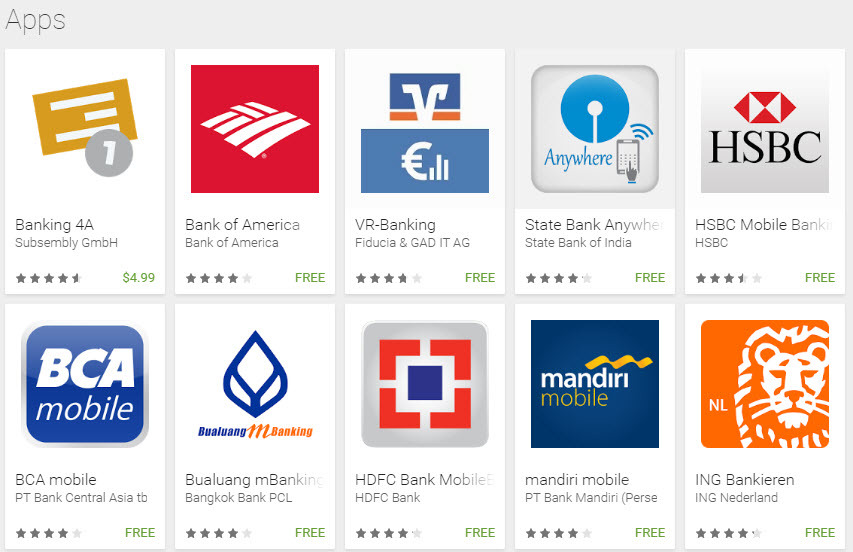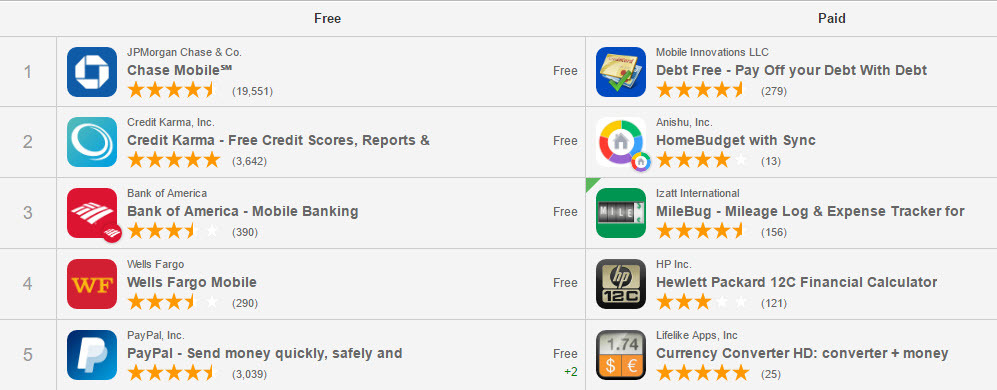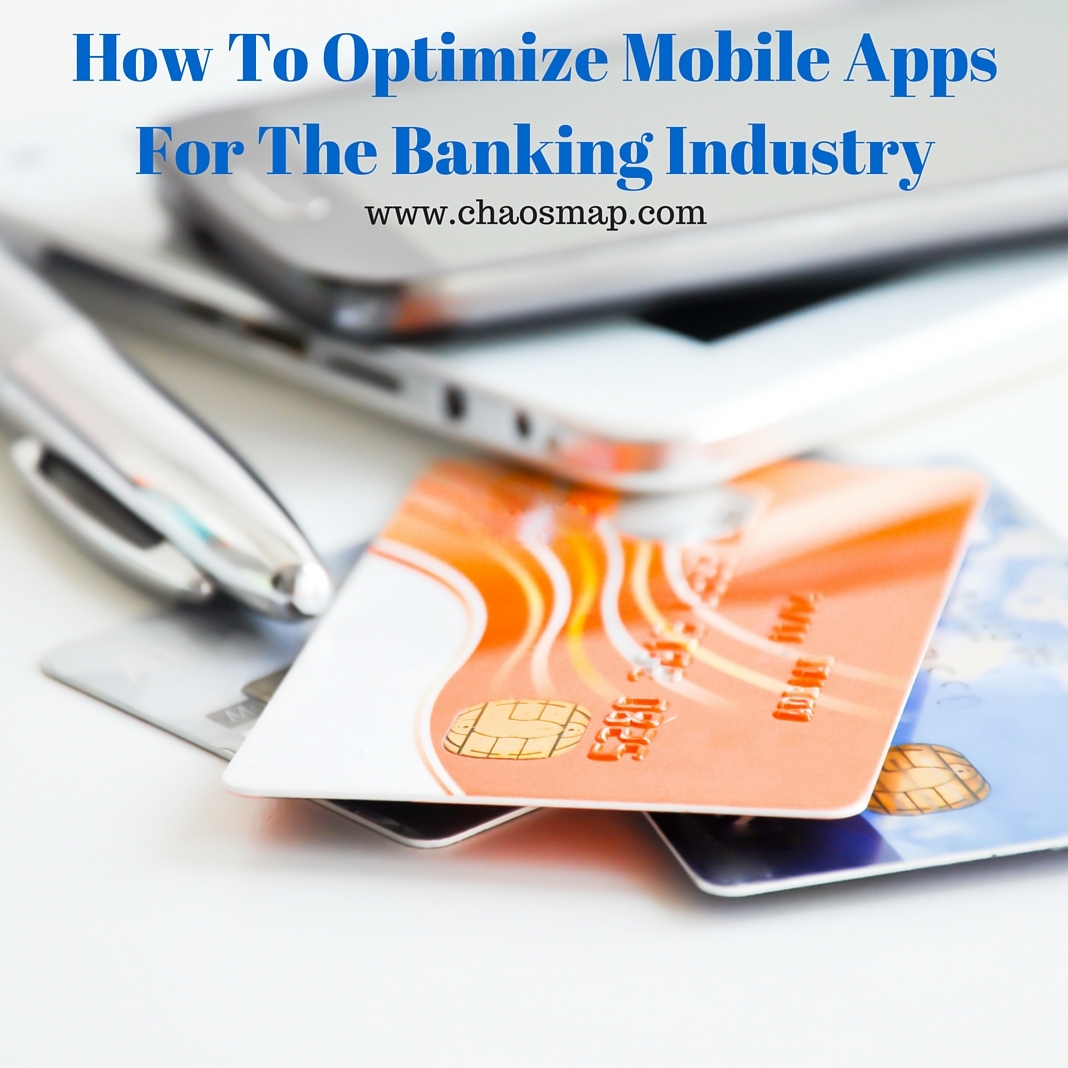While websites have long worked on perfecting the art of SEO (search engine optimization), mobile applications for Android and Apple devices have been pioneering the field of ASO for quite some time.

The “ASO” acronym stands for App Store Optimization.
It’s a process that’s just as important as optimizing a website for prime placement in keyword-targeted search results.
With millions of mobile apps competing for the same set of users, on just two major platforms (Amazon is “tiny” in comparison), the difference between a bank that finds its app in the hands of consumers and one that languishes at the bottom of app store rankings can be traced directly back to the preparation and planning for app store optimization.
Below are essential “store” optimization strategies and procedures that need to be addressed before and during the app development, which also include submissions and finally, getting listed on Google Play and the Apple App Store (iTunes).
Before listing a new banking app for listing and subsequent download and installtion, there are nine ASO steps that must be taken.

Here’s the process to follow:
1. Conduct Market Research
One of the biggest mistake that app developers make when creating a new banking application is that they don’t conduct market research.
Many developers assume that their app is the solution to a long-held customer problem, and that the sheer amount of demand for mobile banking services will help the app be discovered and routinely downloaded by the bank’s customers.
This is simply not correct.
Today, mobile apps must be thoroughly researched so that they can be effectively optimized and marketed after development is complete.
What does this mean?
- Target the appropriate customer language and location.
- Research the app keywords used by competitors in the industry.
- Search for banking apps as a customer would and examine the results.
- Consider the size of the competition and the prominence of their keywords: Can those keywords be effectively targeted by this new app?
- What are the pros and cons of targeted obvious, or less obvious, keywords in each of the app stores?
By working through this list of key questions and considerations, it becomes easier to focus on what the app does, who the app works for, and who will find the app in a particular search.
This will help to create a blueprint for app store optimization practices that will give the bank a head start in reaching its target market.
2. Choose the Right Keywords
Choosing the right keywords can be an intimidating process for developers and banking executives who have never given them a thought before.
When it comes to making optimizing bank apps, however, there are a few places to start.
First and foremost, keywords should always be localized.
- Does the bank serve only a certain city?
- Certain counties?
- A smaller geographic region of the country? If so, that local area is a key addition to the keywords.
Everyone searches for “mobile banking,” but how many customers search for “Cincinnati mobile banking” or “Ohio bank app?” or even “mobile deposit app” (broader).
By localizing a keyword, and targeting phrases that customers often use to find bank applications on Google Play and the Apple App Store, two goals are accomplished.
First, the application is associated with a local identity that makes it easier to discover in its target market.
Second, the bank is competing among localized keywords. It’s easier to “win” search results and appear at the top of those results because there simply is less competition in a narrow geographic area.
FACT: Over half of the discovery of new mobile apps are done via SEARCH.
3. Pick a Relevant App Name
In a bygone era, apps might simply be called “Mobile Banking” or “Mobile Accounts.”
That era is bygone for a reason: It was simply too hard for a customer search to find the right application for their financial needs.
In the modern era of ASO, the appropriate approach is to pick an app name that is inclusive of targeted keywords.
Both the Apple and Google app stores allow developers to submit an app with a short name for display on the home screen, and a longer name that is used for search discovery.
Leverage these two app names carefully.
The short name should include the bank’s name and a one-word description of what the application does.
The longer name should use a few words to describe what the app does with keywords.
A bank in Philadelphia might use the following title: “My Bank Accounts – a Delaware Valley mobile banking, check deposit, and payments app for [Bank].”
Good keywords are localized, relevant, and descriptive, whether they’re being used for SEO or ASO.
4. Create a Compelling App Icon
A plain white icon with a dollar sign is probably a terrible way to optimize an app for easy discovery.
Instead, paint with a colorful brush, get creative and make the bank’s logo front and center.
The icon is one of the first things people look at.
In fact, many people choose their banking apps based solely on the icon.
The most important job a bank has is to drive merchant loyalty and CRM. Provide this from a visual point of view as well.
With color and a centrally placed logo, trust and relevance are established at first glance.
5. Include Screenshots or Videos of the Most Important Features
Customers have found the app that they believe works with their bank’s accounts and features.
That’s a strong first step in the world of app store optimization.
What’s next?
Showing that the app is not only relevant, but also useful.
That type of information is conveyed visually by inserting a few key screenshots.
Show the app’s login screen, including whether it uses technologies like Touch ID. Chase Bank has implemented touch id.
If the app offers special features, like mobile payments, mobile bill pay, or remote check deposit, include screenshots that clearly show those features in action.
This will be the decision point for many customers, indicating that the app does exactly what they need it to do.
6. Draft a Useful App Description
The app description is not only a description of the key features, but also an important way to sneak targeted keywords into the app store listing.
Carefully craft a useful, easy-to-read, keyword-rich app description when listing the app.
Don’t be afraid to change this description over time, as many times as needed, to optimize its relevance and the app’s ranking in targeted searches.
7. Take a Proactive Approach to App Ratings
Both Google and Apple allow developers to ask for ratings within a newly downloaded app, but it’s important to go beyond that included feature.
Include a small line in the app description: “Let us know what you think of our new app by rating us!”
Customers will oblige, and the positive ratings they publish will help the app increase its relevance in targeted searches.
If there are any complaints, app developers will also know exactly what to work on for the next version.
Make sure to monitor and track your company reputation at all times.
8. Publish Regular Updates
Regular updates accomplish two goals:
- First, they fix key bugs and increase the number of positive reviews written by customers.
- Second, they help the app stay in the “recently updated” category on both the Google and Apple app stores.
This increases “clicks,” or taps, and can help boost both relevance and download rates over time.
9. Take App Promotion Beyond the Walled Garden of the App Store
The App Store can’t do all the heavy lifting required when promoting a new banking app.
It’s important to think outside the walled garden of the app store and do a little promotion on the bank’s website and at its retail locations, if they exist.
Use these opportunities to show a screenshot of the application, describe its key features, and provide a QR code that will allow mobile device users to go directly to the app store listing for a quick download.
Conclusion:
These are the 9 Key Ways to Boost App Store Relevance.
REMEMBER:
An application won’t promote itself.
Instead, developers and banking professionals need to take time to perform market research, create keyword and marketing strategies, and give their app a solid introduction to the world when it’s first listed for download.
That includes a competitive analysis and complete technological and marketing audit, including fully understanding customers and their needs.
A strong start will help create momentum, drive keyword relevance, and push the app toward the top of search results.
NEED SOME HELP? Contact Us Here and schedule your time.Jon Rognerud and Chaosmap work with Fortune 500 companies, associations and entrepreneurs to create digital traffic strategies that scale up members, customers, leads and sales with profitable returns. Mr. Rognerud wrote a best-selling book (Buy On Amazon), “The Ultimate Guide To Optimizing Your Website” (Entrepreneur). Connect directly here.







